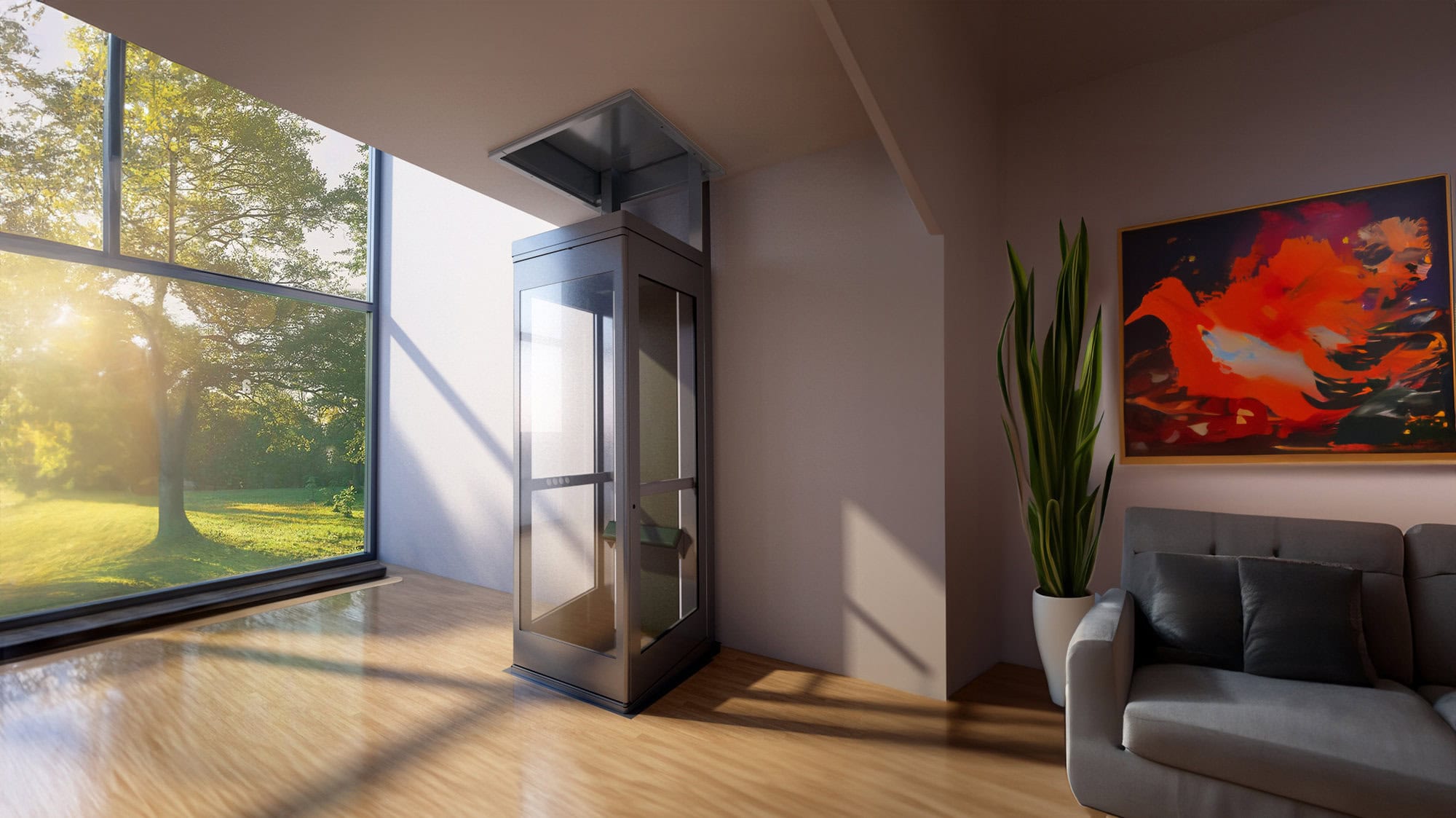Discover Trustworthy Lift Repair Near Me for Quick and Affordable Solution
Discover Trustworthy Lift Repair Near Me for Quick and Affordable Solution
Blog Article
Looking Into the World of Lifts: Typical Concerns Faced by Different Lift Mechanisms
As we navigate through the upright transport systems of modern-day structures, lifts stand out as an indispensable element of our daily lives. From hydraulic lifts to traction systems and machine-room-less designs, each lift kind comes with its collection of common problems.
Hydraulic Lifts
Hydraulic lifts, frequently liked for low-rise buildings, make use of fluid stress to regulate the movement of the lift auto (lift repair companies). This device entails a hydraulic pump pressing oil into a cyndrical tube, creating the lift to relocate in the preferred instructions. While hydraulic lifts are known for their silent and smooth procedure, they do come with their own collection of typical concerns
One common trouble with hydraulic lifts is oil leak. Furthermore, concerns with the control system, such as damaged shutoffs or a malfunctioning pump, can trigger interruptions in the lift's activity.
Regular upkeep and prompt repairs are important to ensure the smooth functioning of hydraulic lifts. By dealing with these typical concerns proactively, structure owners can reduce downtime and guarantee the security and efficiency of their vertical transport system.
Traction Elevators
When thinking about upright transportation systems in buildings, one more typical kind other than hydraulic elevators is the traction lift. Grip elevators run making use of a system of ropes and weights that relocate the lift vehicle by gripping onto the hoist ropes. This device permits smoother and faster upright transport contrasted to hydraulic systems.
One of the usual issues dealt with by grip elevators is rope wear. The continuous movement of the ropes within the grip system can lead to tear and use gradually, potentially triggering the elevator to breakdown or come to be hazardous for usage. Routine examinations and upkeep of the ropes are vital to make sure the lift's appropriate performance and safety and security.
One more problem that grip elevators may experience is connected to the control system. Issues with the control system can result in concerns such as unpredictable motion, delays in reaction times, or perhaps full closures. Normal screening and maintenance of the control system are vital to avoid such problems and make sure the elevator's reliability.
Machine-Room-Less (MRL) Elevators

Among the key elements of MRL lifts is the portable gearless traction device that is installed within the hoistway. This machine effectively drives the elevator cars and truck without the demand for cumbersome tools found in standard traction lifts. Additionally, MRL elevators typically utilize a counterweight system to stabilize the cars and truck, further improving their power effectiveness.
Regardless of their benefits, MRL lifts might encounter challenges connected to repair and maintenance due to the constrained room for tools setup. Accessibility for servicing parts within have a peek at these guys the shaft can be restricted, needing specialized training for service technicians. Correct upkeep routines and routine evaluations are important to ensure the continued smooth procedure of MRL elevators.
Overloading and Weight Restriction Issues
Are lifts furnished to handle excess weight lots effectively and safely? Overloading and weight limit concerns are critical issues in lift operations. Elevator makers design lifts with specific weight abilities to make certain traveler security and equipment long life. Surpassing these weight limits can lead to various issues, including mechanical failures, hold-ups, and security threats.
When lifts are overloaded, it puts too much pressure on the electric motor, cords, and other elements, potentially creating break downs or breakdowns. If they discover excess weight, safety devices such as sensors and overload sensors are in location to avoid elevators from moving. Additionally, exceeding weight limitations can bring about raised energy consumption and wear and tear on the lift system.
To mitigate overloading problems, developing supervisors must plainly show weight restrictions in elevators and inform residents on the importance of sticking to these restrictions - lift repair companies. Normal upkeep checks by certified technicians can additionally help guarantee that lifts are running within safe weight parameters. By addressing overloading and weight limitation problems proactively, building proprietors can improve elevator safety and security and effectiveness
Electric System Failures
Exceeding weight limits in elevators can not only bring about mechanical problems yet likewise potentially add to electric system failures within the lift infrastructure. Electrical system failures are a crucial issue in elevator procedure, as they can trigger unexpected shutdowns, breakdowns, and even security dangers. One typical electrical issue is the getting too hot of parts because of excessive current circulation caused by straining the elevator beyond its ability. This can bring about damage to the control, wiring, or motor systems, causing expensive click for more repairs and downtime.
Moreover, power rises or changes in the electric supply can likewise interfere with the elevator's procedure, influencing its efficiency and safety. These electric disturbances can damage sensitive elevator components such as control panels, circuit card, or sensing units, leading to system failings. Routine maintenance and inspections are vital to recognize and attend to possible electrical issues quickly, ensuring the secure and efficient procedure of elevator systems. By sticking to you can try these out weight limitations and conducting regular electric system checks, building owners can alleviate the threat of electrical failures in elevators.
Verdict

Hydraulic lifts, commonly preferred for low-rise structures, utilize fluid stress to manage the movement of the lift vehicle.When taking into consideration vertical transportation systems in structures, one more common type apart from hydraulic elevators is the grip lift. Traction elevators operate using a system of ropes and counterweights that move the lift auto by gripping onto the hoist ropes. Unlike standard lifts that require a different machine room to house the tools, MRL lifts incorporate many of the elements within the shaft, removing the requirement for a specialized device area.In final thought, elevators deal with usual concerns such as hydraulic breakdowns, grip system failings, and electrical system troubles.
Report this page